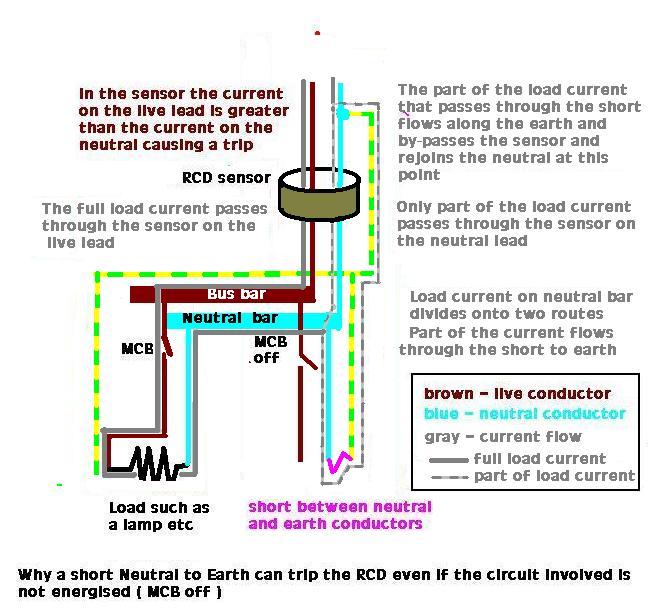Second issue with our bungalow.
Been living here for almost 3wks. The electric Bosch oven has been working fine. Two days ago, we went to use the grill but it tripped the RCD. The grill would turn on fine but would trip when it was turned up. Tried it a couple of times and it kept tripping the entire RCD. In view of this, we did not try again.
Yesterday (the first time since the grill issue) we turned the oven on. It turned on fine but when you turn the temperature up, it caused the entire RCD to trip. We tried it a few times but it it kept tripping.
Any ideas? Is it likely to need new elements? I dont wanna splash out on two new elements (oven and grill) if the problem is elsewhere.
Many thanks.
Been living here for almost 3wks. The electric Bosch oven has been working fine. Two days ago, we went to use the grill but it tripped the RCD. The grill would turn on fine but would trip when it was turned up. Tried it a couple of times and it kept tripping the entire RCD. In view of this, we did not try again.
Yesterday (the first time since the grill issue) we turned the oven on. It turned on fine but when you turn the temperature up, it caused the entire RCD to trip. We tried it a few times but it it kept tripping.
Any ideas? Is it likely to need new elements? I dont wanna splash out on two new elements (oven and grill) if the problem is elsewhere.
Many thanks.


